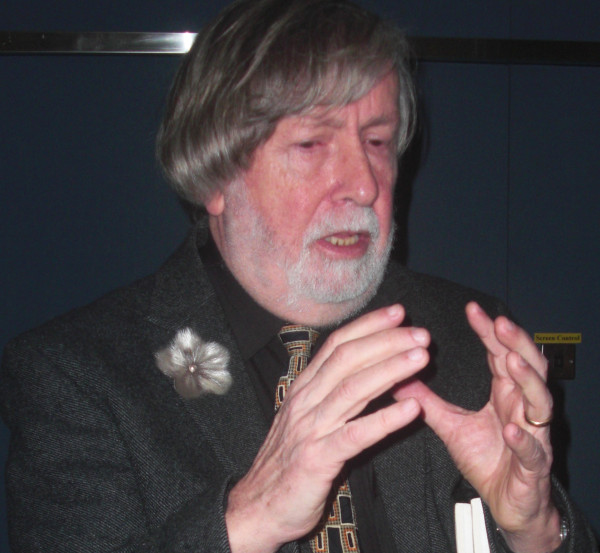For financial reasons, the US Department of Energy has decided to halt plans to use weapons-grade plutonium from dismantled nuclear warheads to fabricate fuel for civilian power reactors.
Plutonium is the primary nuclear explosive in most of the world’s nuclear weapons. The power of a plutonium A-Bomb comes from the “fission” (“splitting”) of heavy plutonium atoms.
But even the H-Bomb, where the explosive power is generated by “fusing” light elements such as Hydrogen, requires a plutonium “trigger”. A plutonium trigger is a small plutonium bomb inside an H-Bomb that is exploded first in order to raise the temperature to 50 million degrees so that the fusion reaction can be initiated immediately.
When nuclear warheads are dismantled, the plutonium trigger is removed; without that plutonium, the warhead is no longer a bomb. It is impossible to initiate any kind of nuclear explosion. The warhead is useless.
So nuclear disarmament leads to a stockpile of excess weapons-grade plutonium, and there has been much debate over what to do with this excess plutonium, since it will remain weapons-usable for tens of thousands of years — a period of time that exceeds the span of human history to date.
Once plutonium has been created, we cannot uncreate it. The next best thing is to make it as inaccessible as possible so that criminals, terrorists, and even governments cannot easily divert this excess plutonium back into weapons.
The nuclear industry, ever eager to seize on any opportunity, has suggested that excess weapons-grade plutonium be blended with uranium to make MOX — an acronym for “Mixed Oxide” nuclear fuel — to be used in commercial power reactors to generate electricity.
There are several things wrong with this suggestion.
(1) It is an extremely expensive way to make nuclear fuel.
(2) It puts weapons-grade plutonium into commercial circulation, making it easier for criminals to steal it.
(3) Only a fraction of the plutonium is actually “used up” when MOX fuel is used; a lot of it remains in the spent fuel.
(4) When MOX fuel is used, NEW plutonium is created inside the reactor as stray neutrons are absorbed by uranium atoms, transmuting them into plutonium.
Experts outside the nuclear industry have recommended against any effort to give plutonium an economic value by using it as a fuel. They recommend treating plutonium only as a security risk and a liability, resisting all efforts to portray it as a valuable asset. They have suggested mixing plutonium with the fiercely radioactive post-reprocessing nuclear waste (from which it was originally extracted) and then solidifying the resulting mixture in huge, highly radioactive glass logs, and guarding those logs under international control to prevent any future military use.
The Fate of the Earth may well depend on how we treat these left-over plutonium stockpiles.










